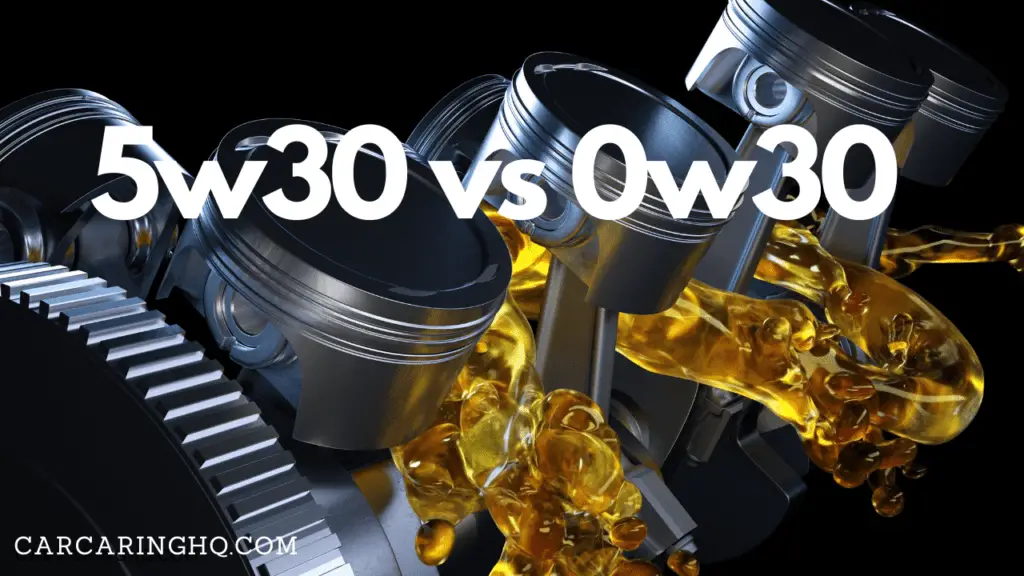Table of Contents
Introduction
Ceramic coating has gained popularity as a protective solution for vehicles, offering remarkable benefits for automotive enthusiasts. This article explores the transformation that occurs before and after applying a ceramic coating to your vehicle’s paint.
What is Ceramic Coating?
Ceramic coating is a liquid polymer that chemically bonds to the vehicle’s paint, creating a protective layer. This layer provides durable protection against various environmental factors, including UV rays, dirt, grime, and chemical contaminants.
How does Ceramic Coating work?
The liquid ceramic coating forms a strong bond with the paint surface, creating a protective layer that is resistant to chemicals and impacts. This layer also offers hydrophobic properties, repelling water and other liquids.
Benefits of Ceramic Coating
Ceramic coating offers several benefits, including:
- Enhanced gloss and shine.
- Hydrophobic properties that repel water, dirt, and contaminants.
- Protection against UV damage, oxidation, and color fading.
- Resistance to chemical stains, such as bird droppings and tree sap.
- Ease of maintenance, as dirt and debris can be easily rinsed off.
Before Applying Ceramic Coating
To ensure the best results, proper preparation is essential before applying a ceramic coating.
Thoroughly Clean the Vehicle
Before applying the ceramic coating, the vehicle should undergo a thorough cleaning process. This includes washing, degreasing, and removing any dirt, grime, or contaminants from the surface.
Remove Imperfections
It’s recommended to remove any imperfections on the paint surface, such as scratches or swirl marks. This can be achieved through paint correction techniques like compounding or polishing.
Paint Correction
Paint correction involves carefully removing a thin layer of the clear coat to eliminate imperfections. This step ensures a smooth and flawless surface for the ceramic coating to bond to.
Surface Preparation
After paint correction, the surface needs to be properly prepared by using a surface prep solution or isopropyl alcohol. This step removes any leftover polish or compound residue, allowing the ceramic coating to adhere effectively.
After Applying Ceramic Coating
Once the ceramic coating is applied, the transformation becomes evident.
Enhanced Gloss and Shine
One of the most noticeable effects of ceramic coating is the enhanced gloss and shine of the vehicle’s paint. The coating creates a reflective and smooth surface, giving the car a showroom-like finish.
Hydrophobic Properties
Ceramic coatings provide excellent hydrophobic properties. Water and other liquids bead up and roll off the surface, carrying away dirt and contaminants with them. This makes cleaning the vehicle easier and reduces the chances of water spots or stains.
Protection against UV Damage
Ceramic coatings offer protection against UV rays, which can cause paint oxidation, fading, and discoloration over time. The coating acts as a barrier, shielding the paint from harmful sun exposure.
Ease of Maintenance
Ceramic coatings significantly reduce the effort required for regular maintenance. The hydrophobic properties make washing the vehicle easier, as dirt and grime are less likely to adhere to the surface. Additionally, the coating helps prevent the buildup of chemical stains, reducing the need for intensive cleaning.
Long-Term Effects and Durability
Ceramic coatings are known for their durability. When properly maintained, a ceramic coating can last for several years, providing ongoing protection and preserving the appearance of the vehicle’s paint.
Conclusion
Applying a ceramic coating to your vehicle’s paint can yield impressive before and after results. The transformation includes enhanced gloss and shine, hydrophobic properties, protection against UV damage, and ease of maintenance.
By properly preparing the surface and following the application process, you can enjoy the long-lasting benefits of ceramic coating for your beloved vehicle.







